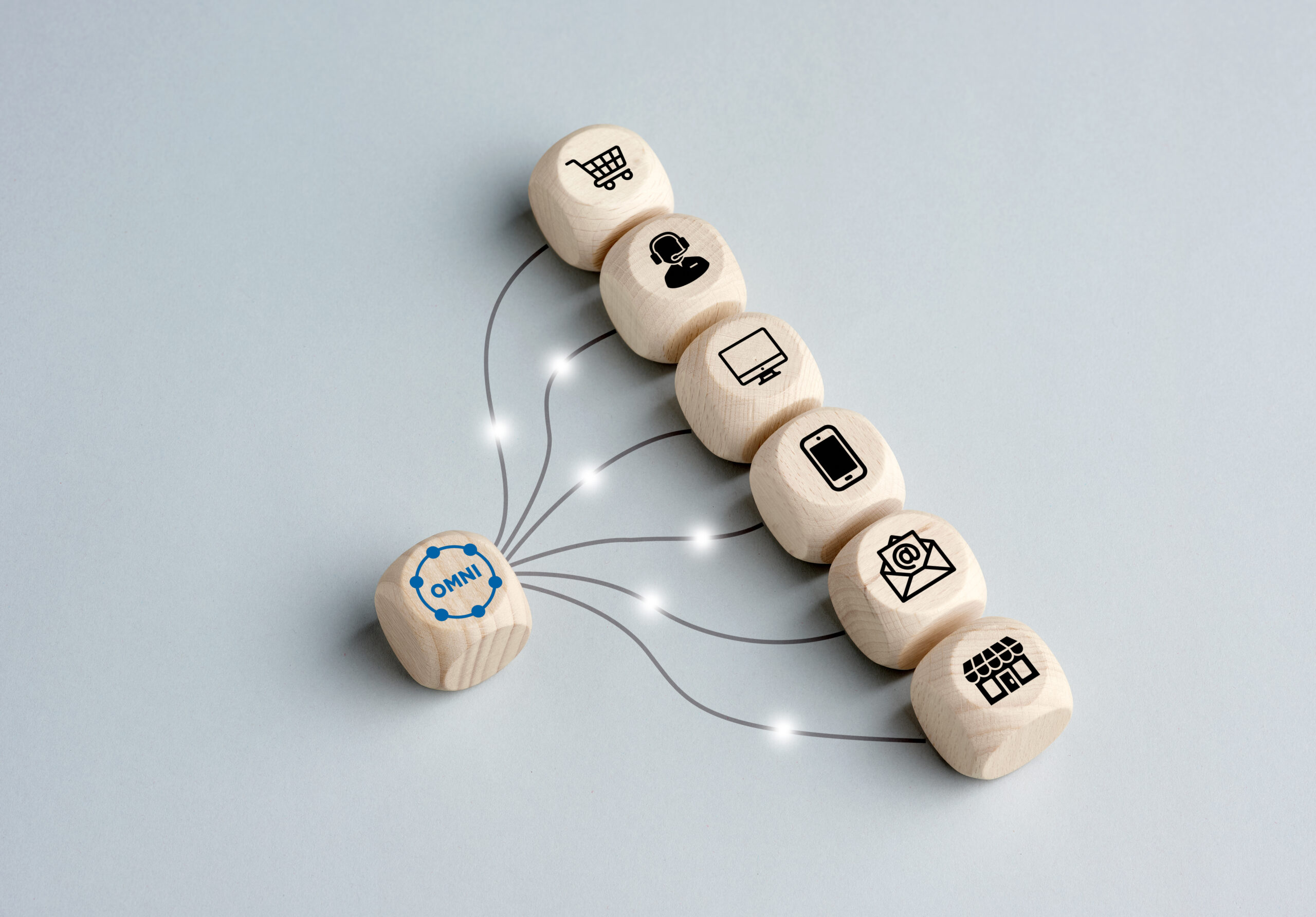In our ever-changing world, consumers expect a lot more from their customer...
Read more
 Published on 1st October 2023 by Gemma Harding
Published on 1st October 2023 by Gemma Harding
Omnichannel customer service is a widely adopted strategy which focuses on delivering consistent, seamless customer support across multiple different touchpoints. This means that a business is providing support wherever its customers are and however they choose to reach out, whether it’s on a social media platform or over the phone.
Want to find out more? Read on for a guide to the benefits of omnichannel customer service for businesses, and how to start implementing it.
Within the marketing and customer services worlds, omnichannel and multichannel models are often confused with each other. It’s understandable to think they mean exactly the same thing, but that isn’t quite right.
Multichannel customer service is an organisation’s ability to provide support over multiple channels. For example, it may respond to social media messages and have a live chat function, as well as traditional contact methods such as phone and email.
Omnichannel does the same, but goes so much further. This kind of strategy priorities the quality and consistency of the customer experience on every channel. It does this through seamless integration of channels. And crucially, it means that the customer can switch channels part-way through a conversation, without having to start again or deal with a different team.
Multichannel approaches are focused on meeting minimum customer expectations and starting the interaction off on the right foot. While with omnichannel, it’s all about delivering a fully cohesive and highly personalised experience from start to finish.
Omnichannel customer service also offers many other advantages for organisations and their customers. This includes the following:
Customers who can engage with your brand on their terms are more likely to value the relationship. They know they can reach out at any time, through whatever channel suits them best. This opens the doors for other conversations, further enhancing trust and deepening the relationship.
The better your business is at delivering support on new platforms, the more it’ll be able to appeal to diverse groups of customers.
Get your omnichannel strategy right and you’ll be in a position to deliver excellent customer service. Do this, and you’ll make the customer journey to purchase much smoother. You’re also likely to boost customer word-of-mouth recommendations, which should also lead to more sales.
If you’re persuaded that an omnichannel approach is the way forward for your business, where do you start?
The first thing you’ll need is a solid strategy. Here’s how to get started: